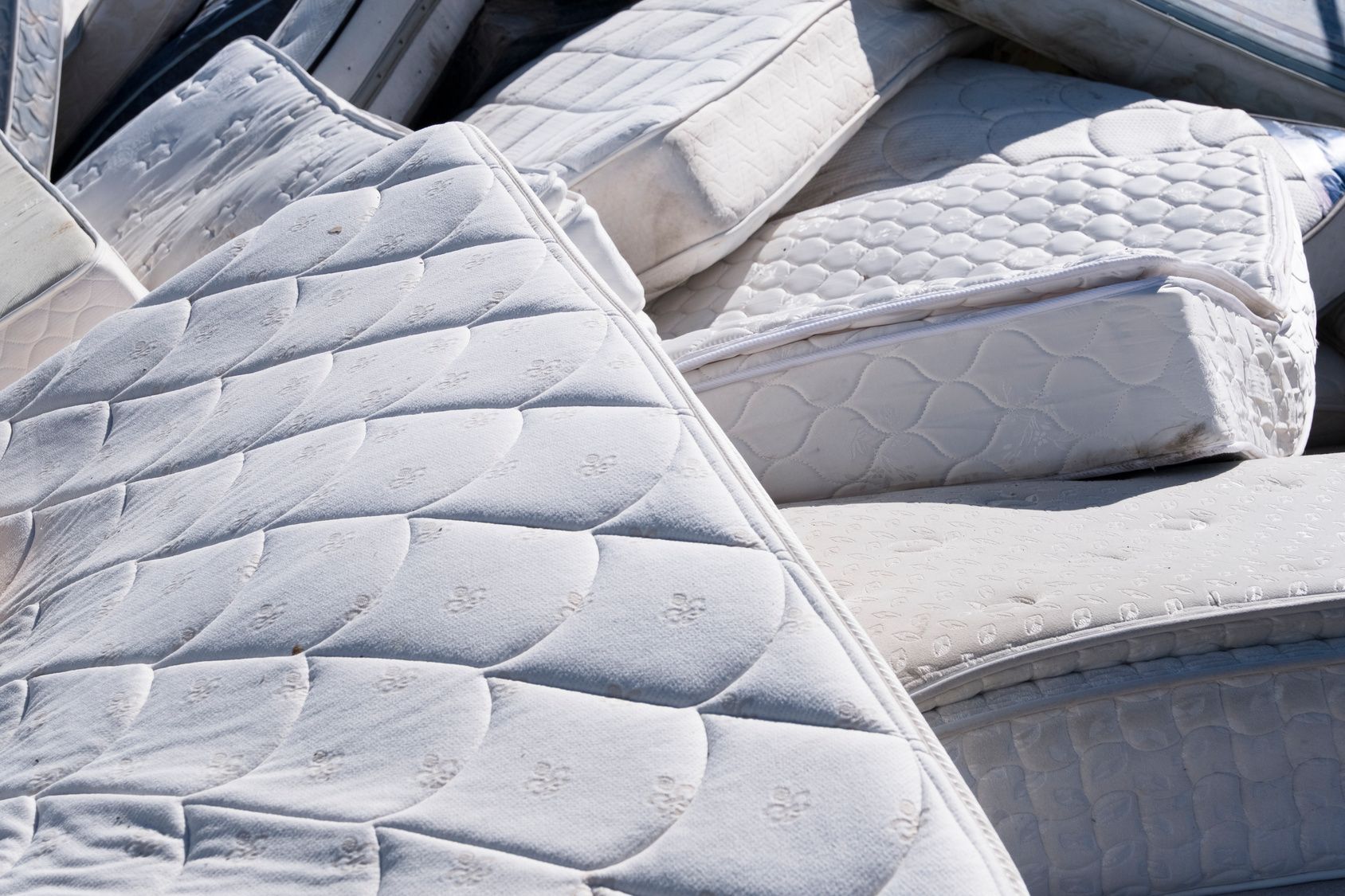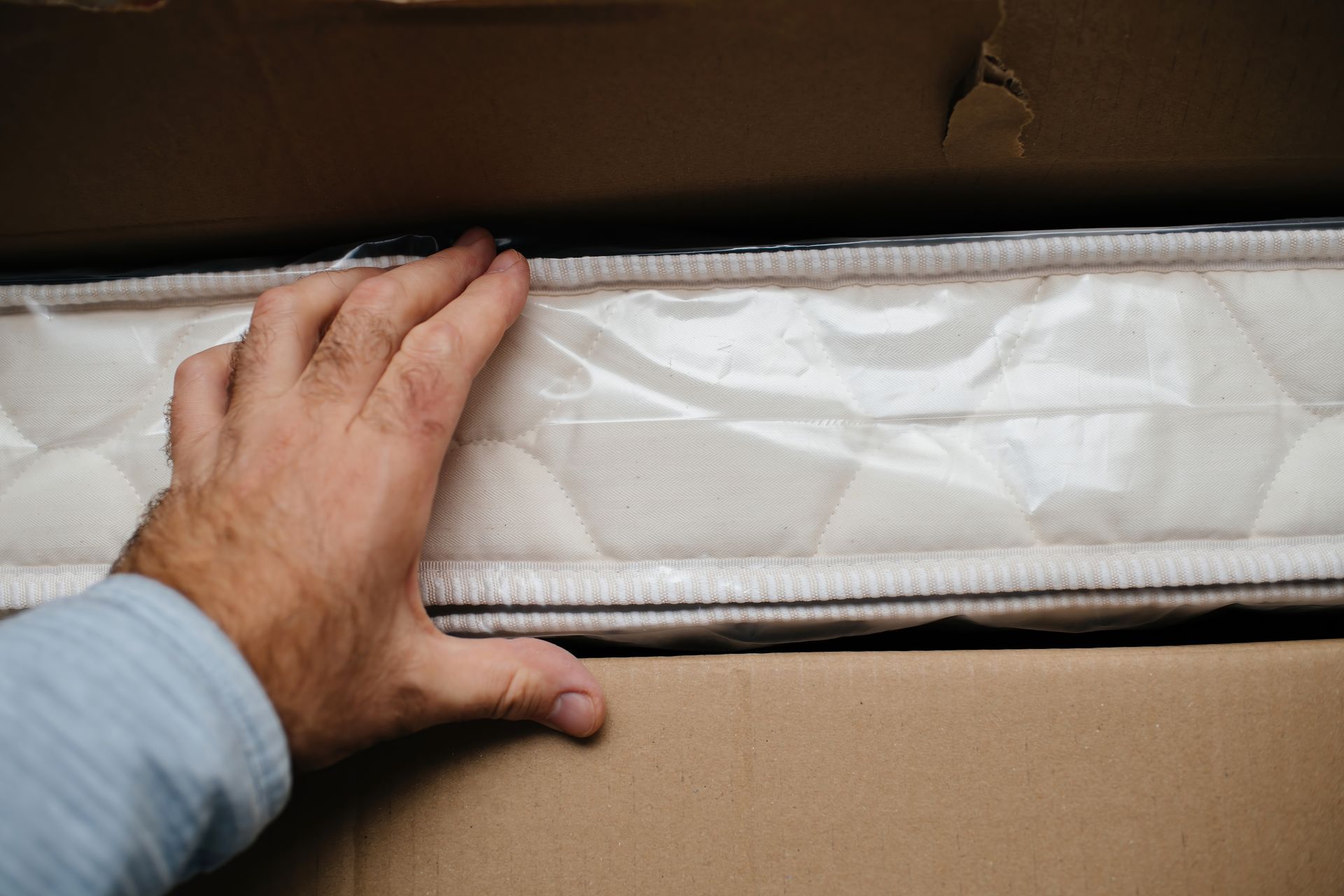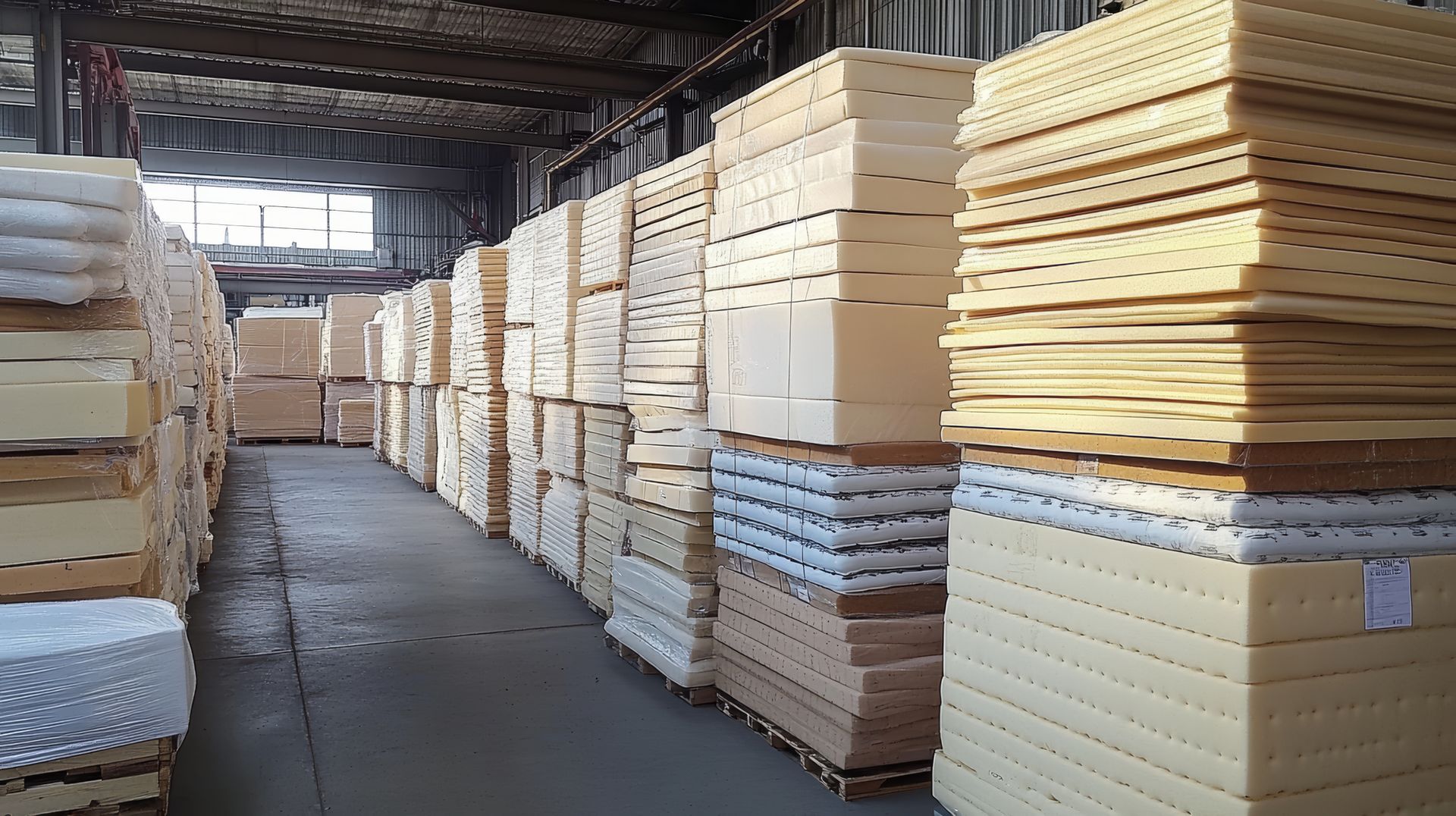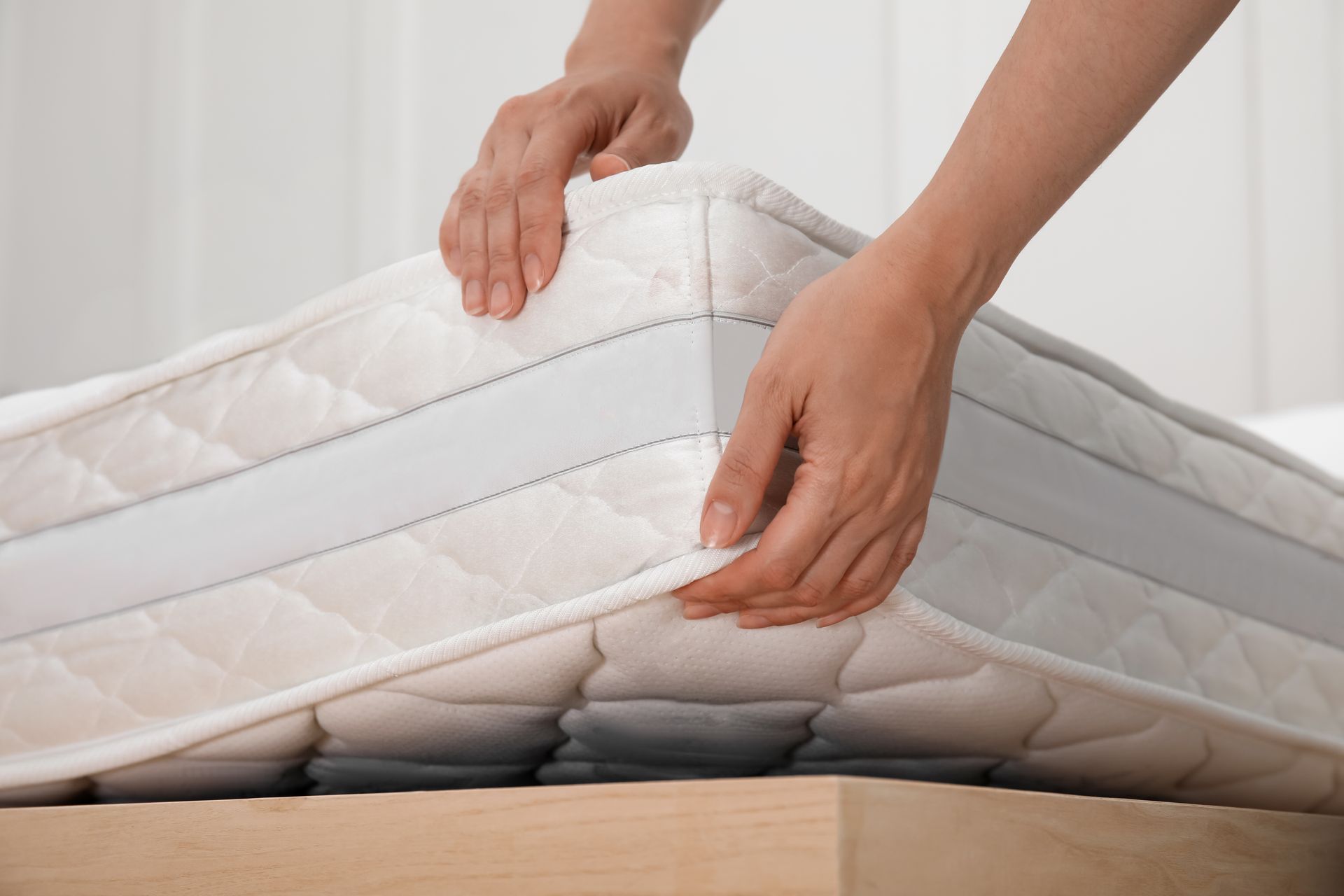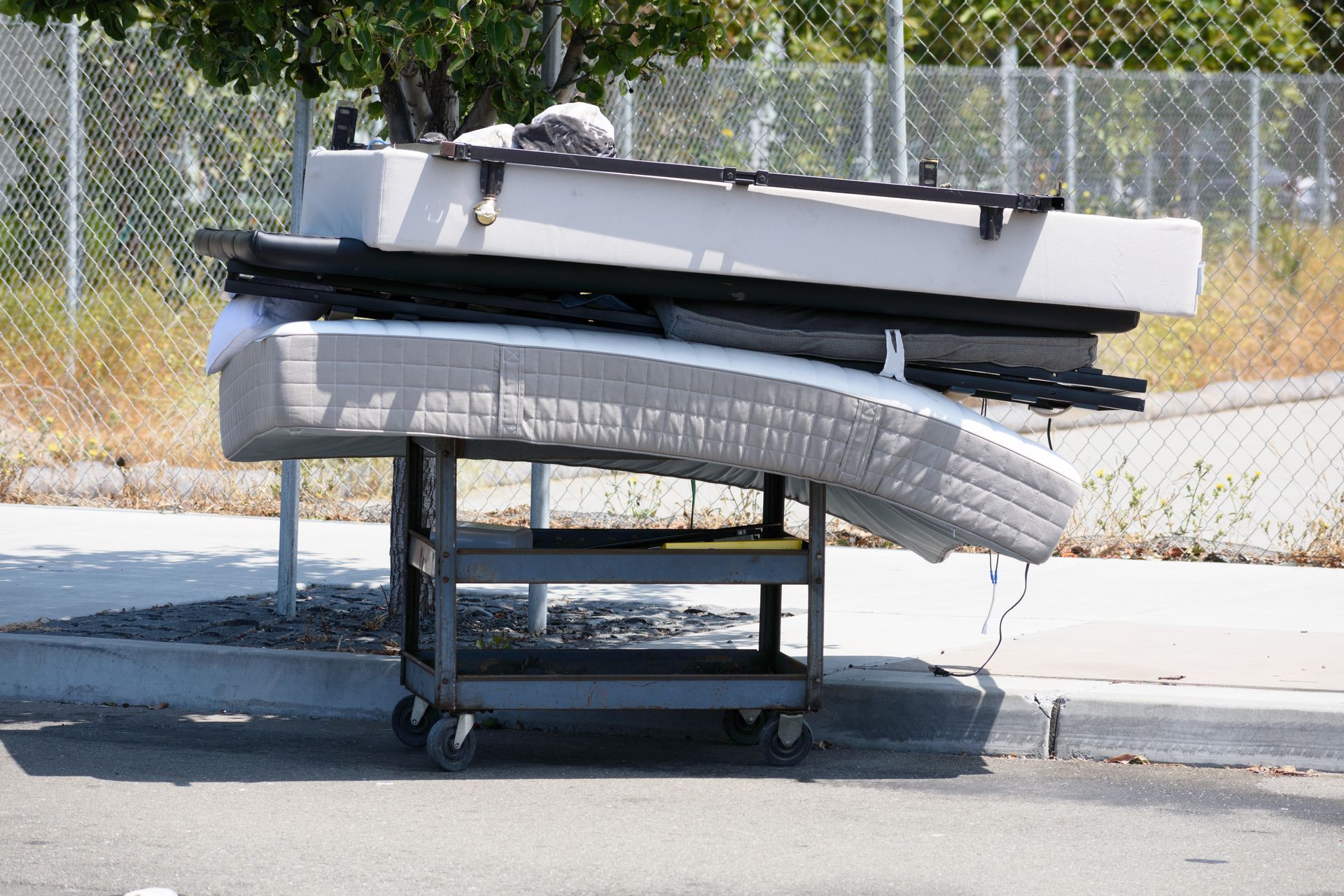When it comes to sustainability and eco-friendly practices, mattresses would be the last thing on your mind. But, mattresses have a negative impact on the environment. According to data, over 20 million mattresses are discarded in the United States yearly.
THE REASON: When mattresses end up in landfills, they are slow to decompose. The materials and components used to make mattresses, such as steel springs, foam, wood, and textiles, do not easily break down.
Mattresses also occupy around 2-3 cubic feet of landfill space. With over 20 million mattresses entering landfills annually, this adds up to a substantial amount of waste. Landfilling mattresses is moreso problematic because they contain materials that COULD actually be salvaged and recycled. The lack of decomposition also means that mattresses will persist in landfills for many years.
Lastly, mattresses may contain chemicals and materials that can leach into the soil and groundwater over time. The steel springs and metal components can also contaminate soil. Proper recycling and reuse of mattress materials is critical to reducing their environmental impact. This is why mattress recycling is important. Let’s take a look at how mattress recycling works and how it makes a world of a difference when it comes to sustainability.

